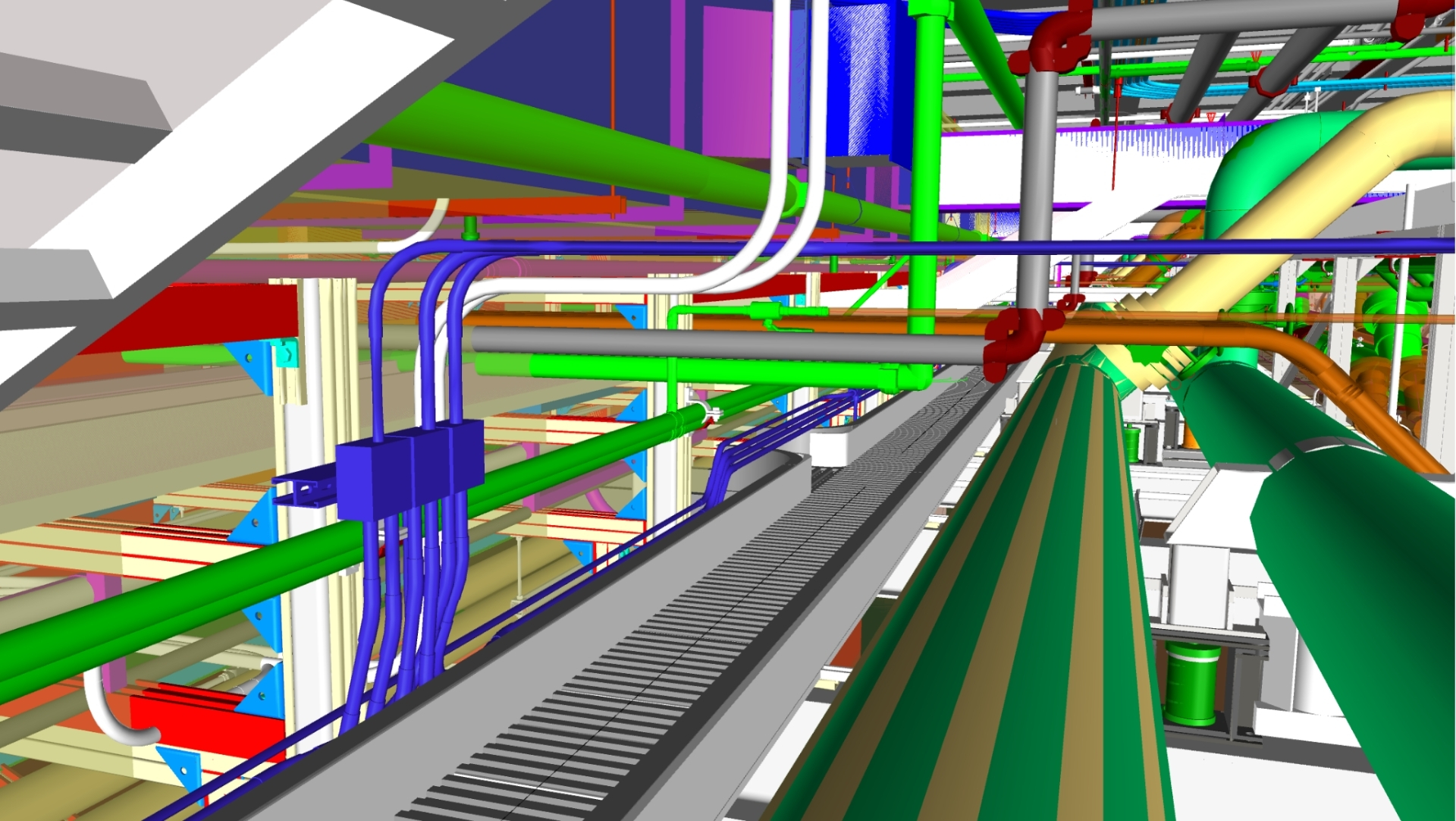The Challenge
When the client approached Desapex, their project was already running into familiar yet frustrating issues. The schematic PDF layouts lacked the detail needed for clash-free BIM models, and outdated as-built records no longer matched real site conditions leading to repeated clashes and rework.
Field teams struggled to convert hand-drawn sketches and PDF markups into BIM-ready inputs. Constant design changes and rapidly evolving site conditions made it even harder to keep models accurate and up to date. Adding to the complexity, Desapex was supporting the project remotely with a 12.5-hour time zone difference from the North American site, making real-time coordination a major challenge.
Client’s Initial Hurdles
- Incomplete and outdated inputs led to repeated design clashes.
- Field teams were not equipped to communicate using BIM-ready formats.
- Real-time coordination was a logistical nightmare due to the vast time zone gap.







